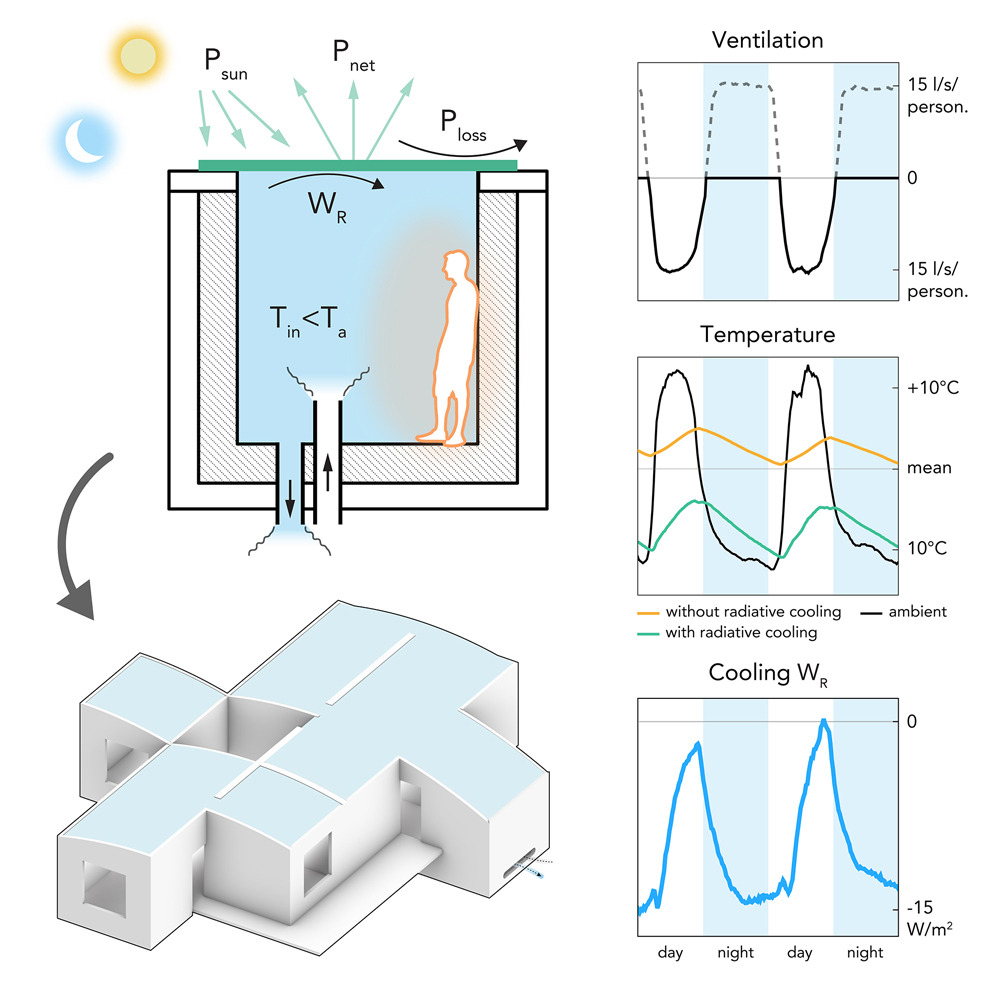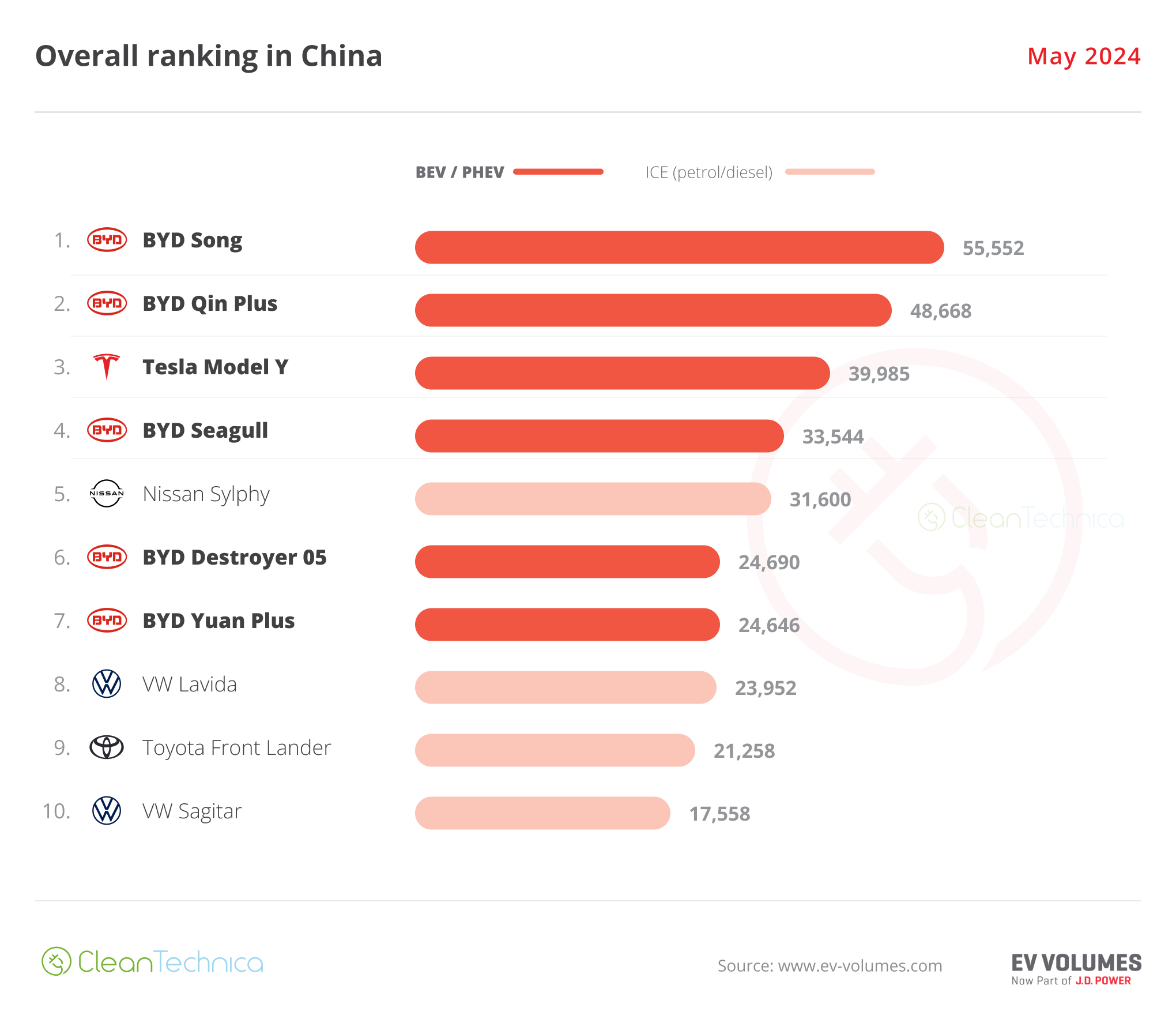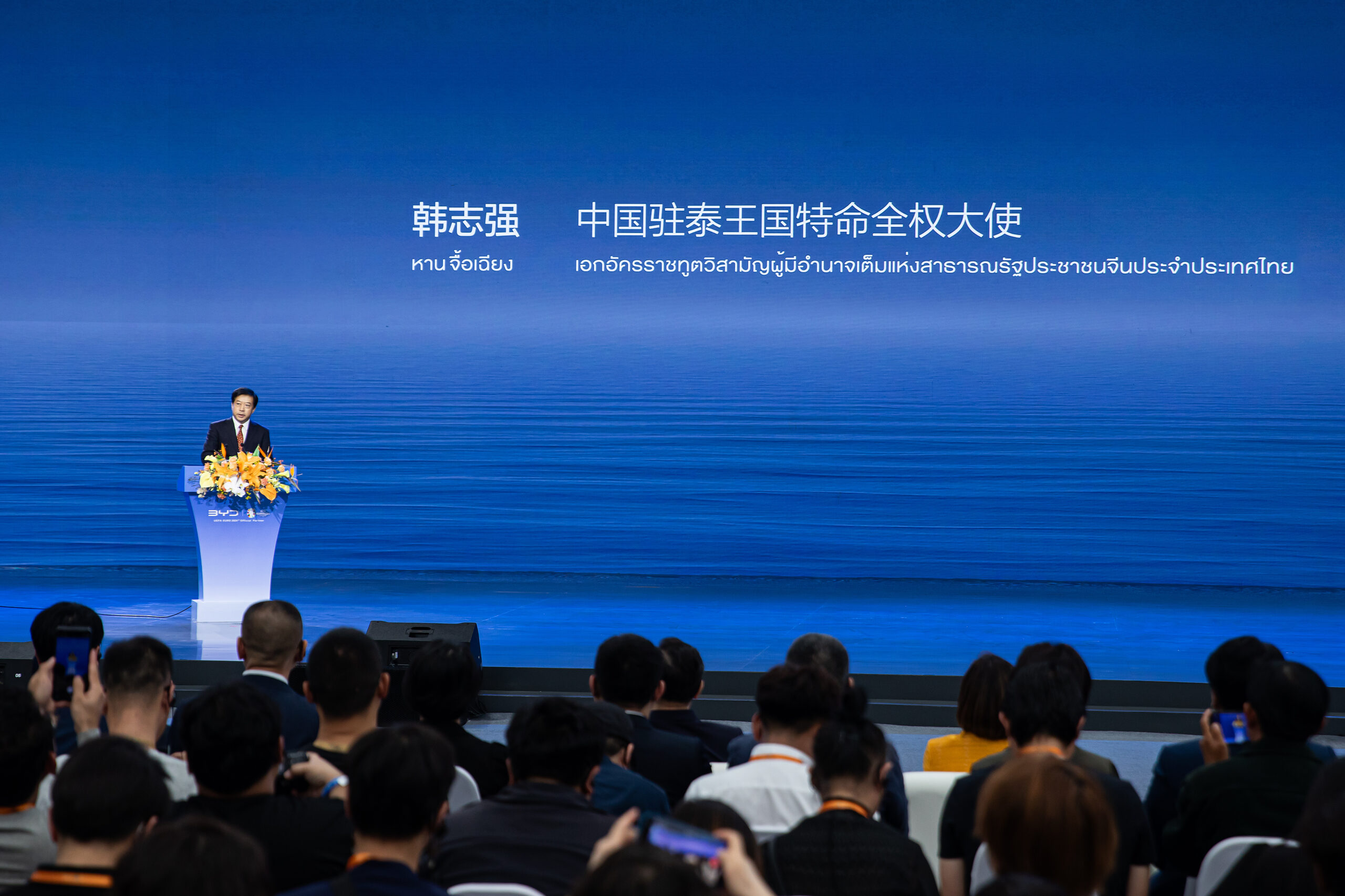Sign up for daily news updates from CleanTechnica on email. Or follow us on Google News!
As the planet gets hotter, the need for cool living environments is becoming more urgent. But air conditioning is a major contributor to global warming since units use potent greenhouse gases and lots of energy.
Now, researchers from McGill University, UCLA, and Princeton have found in a new study an inexpensive, sustainable alternative to mechanical cooling with refrigerants in hot and arid climates, and a way to mitigate dangerous heat waves during electricity blackouts.

“Passive radiative cooling to sub-ambient temperatures inside naturally ventilated buildings” by Remy Fortin et al., was published in Cell Reports Physical Science.
The researchers set out to answer how to achieve a new benchmark in passive cooling inside naturally conditioned buildings in hot climates such as Southern California. They examined the use of roof materials that radiate heat into the cold universe, even under direct sunlight, and how to combine them with temperature-driven ventilation. These cool radiator materials and coatings are often used to stop roofs overheating. Researchers have also used them to improve heat rejection from chillers. But there is untapped potential for integrating them into architectural design more fully, so they can not only reject indoor heat to outer space in a passive way, but also drive regular and healthy air changes.
“We found we could maintain air temperatures several degrees below the prevailing ambient temperature, and several degrees more below a reference ‘gold standard’ for passive cooling,” said Remy Fortin, lead author and PhD candidate at the Peter Guo-hua Fu School of Architecture. “We did this without sacrificing healthy ventilation air changes.” This was a considerable challenge, considering air exchanges are a source of heating when the aim is to keep a room cooler than the exterior.
The researchers hope the findings will be used to positively impact communities suffering from dangerous climate heating and heat waves. “We hope that materials scientists, architects, and engineers will be interested in these results, and that our work will inspire more holistic thinking for how to integrate breakthroughs in radiative cooling materials with simple but effective architectural solutions,” said Salmaan Craig, Principal Investigator for the project and Assistant Professor at the Peter Guo-hua Fu School of Architecture.
About the study: Passive radiative cooling to sub-ambient temperatures inside naturally ventilated buildings by Remy Fortin et al., was published in Cell Reports Physical Science.
Courtesy of McGill University
Have a tip for CleanTechnica? Want to advertise? Want to suggest a guest for our CleanTech Talk podcast? Contact us here.
EV Obsession Daily!
I don’t like paywalls. You don’t like paywalls. Who likes paywalls? Here at CleanTechnica, we implemented a limited paywall for a while, but it always felt wrong — and it was always tough to decide what we should put behind there. In theory, your most exclusive and best content goes behind a paywall. But then fewer people read it!! So, we’ve decided to completely nix paywalls here at CleanTechnica. But…
Thank you!
Community Solar Benefits & Growth
CleanTechnica uses affiliate links. See our policy here.




